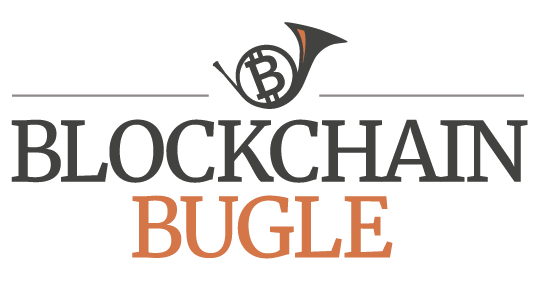Sztorc: Digital Cash and Prediction Markets Share Similar Histories

Bloq Economist and Bitcoin Hivemind creator Paul Sztorc has been fascinated with prediction markets for many years, and he views these mechanisms for the creation of “event derivatives” as an essential public good. Although Sztorc had been a supporter of centralized prediction market InTrade in the past, he now sees the need for a blockchain-based solution to allow these sorts of markets to proliferate around the world.
Recently, Sztorc chatted with Adamant Research Editor in Chief Tuur Demeester about prediction markets, Bitcoin, sidechains and many other topics. During the discussion, Sztorc was able to explain the parallel histories of digital cash systems, such as Bitcoin, and the prediction markets that have fascinated him for all these years.
The Days of InTrade
In the early days of his interest in Bitcoin, Sztorc was also an avid follower of InTrade, the former online prediction market based out of Ireland. For Sztorc, InTrade was a sign that true, global prediction markets had arrived. “That was like ‘where the book club met,’ so to speak,” he told Demeester. “The institution was sort of there and it was being tried out in various forms, and it wasn’t being pursued very quickly. But at least there was this place where you could go and you could get unbelievably reliable information.”
To Sztorc, prediction markets are somewhat magical. He explained:
“You’d walk around and hear a bunch of opinions … and you wouldn’t know who to believe, but you could just go to this one website that had all the right answers. The answers were always right, and they were right six to eight months in advance.”
When Sztorc talks about the “answers,” he’s talking about the outcomes of future events. Prediction markets have been known to “predict the future” because those with the knowledge of the inevitable or likely outcome of a future event are incentivized to bet as much as possible on that event via a prediction market.
Although Sztorc was a huge fan of InTrade, it eventually faced legal issues in the United States. Shortly after the 2012 US Presidential Election, InTrade shut down due to “financial irregularities.”
The Core Similarity Between Digital Cash and Prediction Markets
When asked about the parallels between the histories of digital cash and prediction markets, Sztorc acknowledged that there are a few key similarities. “The core similarity is that you have a trusted entity that must hold all this money,” he said. “It’s just like the [bitcoin] exchanges have money in one fund.”
The fact that bitcoin exchanges hold so much bitcoin as one, centralized entity makes them an obvious target for hackers.
Some say that a centralized prediction market that uses Bitcoin for payments could help combat some of the issues that other prediction market systems have faced in the past. In Sztorc’s view, however, prediction markets would face the same security issues that bitcoin exchanges have seen with that setup.
In other words, those centralized prediction markets would eventually be another huge target for hackers, if they were able to gain a large user base. At one point, Demeester referred to InTrade as “the e-gold of prediction markets,” which is a description Sztorc found to be appropriate.
E-gold was a digital gold currency that was able to offer mostly uncensored payments for its customers until it was eventually shut down by regulators. In the past, many have made the analogy that e-gold was similar to Napster and Bitcoin is more like Bittorrent. The key difference between Napster and Bittorrent was that Bittorrent removed the central point of failure in file-sharing systems. Sztorc now intends to make the “Bittorrent of prediction markets.”
Bitcoin Hivemind
Sztorc’s solution to the problems that prediction markets have faced in the past is Bitcoin Hivemind. The project is intended to be a sidechain to Bitcoin. Backed by angel investor Roger Ver, Bitcoin Hivemind will be a peer-to-peer oracle protocol that allows Bitcoin users to speculate on a decentralized prediction market.
An oracle is essentially an entity that that provides real-world data to a computer program. For example, Google Finance is an oracle for stock quotes and ESPN is an oracle for sports scores. In the past, oracles have been centralized. Sztorc’s original Truthcoin white paper outlined the creation of a decentralized oracle made up of many individuals, which is now being implemented in Bitcoin Hivemind.
With his project, Sztorc wants to remove the third-party security hole from prediction markets.
While decentralized systems are known to have their efficiency trade-offs when compared to centralized systems, Sztorc noted that a cross-blockchain Lightning Network would allow Bitcoin users to move in and out of positions on a blockchain-based prediction market with relative ease. The Lightning Network allows users to transact in real time through a system of time-locked, multisig transactions. Transactions are signed and passed between parties but not broadcast to the Bitcoin network until settlement is desired.
Time will tell if InTrade really was the e-gold of prediction markets. If a blockchain is required to allow prediction markets to flourish, Bitcoin Hivemind may be the right solution.
The post Sztorc: Digital Cash and Prediction Markets Share Similar Histories appeared first on Bitcoin Magazine.


